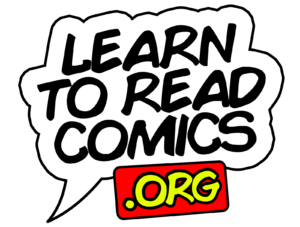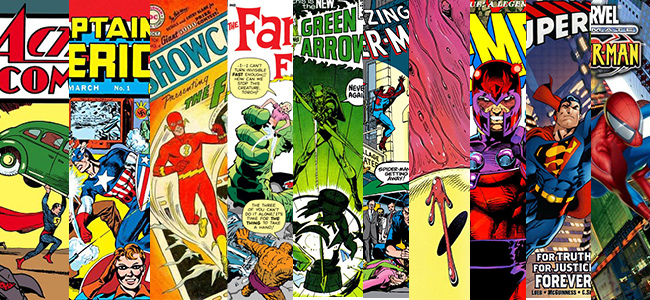Will Aesthetic English Comic Books Make Junior High School Students Fall in Love with English Reading?
A few decades ago, reading a comic book was considered a controversial issue. It was even seen as a distraction, interference to learning in school, associated with juvenile delinquency or even a catalyst for crime! While this may seem laughable these days, recent empirical as well as experimental studies shine a light on how comics facilitate a student’s literacy ability. According to Ranker (2007), “because of their capacity to increase interest and motivation, comic books are also an effective way of increasing reading comprehension and teaching comprehension strategies.”
This article written by Chao and Chen (2015) compliments Allain Pavio’s 1971 Dual-Coding Theory (DCT), a cognition theory, which states that learning cognition can be expanded in two ways: verbal association and visual imagery. Through comic books, the verbal system is the linguistic coding system while imagery system is the nonverbal coding system aka drawings. Pavio’s theory of DCT has been incorporated into a lot of modern theories as their foundation to study reading comprehension.
This study involved the aesthetics comic application with learning instruction aimed at delivering pedagogical suggestions for English instructors regarding the topic of aesthetic reading. In addition, context also plays a vital role in vocabulary acquisition and teachers must be aware of this reality. According to Webb (2008), teachers “…need to consider how the context may affect learning, and judge whether target words are likely or unlikely to be learned” (p. 240). Teachers must therefore alert their students to the problem and inform them that the exercise of building a vocabulary requires a significant amount of effort to avoid any misunderstandings.
In the present study conducted in English as a Foreign Language Junior High School, 28 students of eighth grade were selected and sorted into two groups based on previous exam scores. Students from both the high proficiency group (HG) and the low proficiency group (LG) read three comics and answered specially crafted questionnaires. The results indicated that the comic book reading program improved their vocabulary. While students of HG outperformed those of LG, both managed to reach a point of statistical significance. They also showed an increase in likeness for reading comic books and acknowledged their positive effect on their vocabulary. As a side note, pedagogical implications proposed for the teachers stated that a fine balance between ‘artificial instruction’ and ‘natural reading pleasure’ should be kept. The focus should not be on developing too many reading skills and excessive drills and proper English comic books should be chosen.
The results and conclusion of this study are pretty straightforward, a comic book reading program can enhance a student’s vocabulary, reading comprehension as well as motivation to learn in junior high school (Chou, Hsu, & Chen, 2015).
Download and View Full Academic Article [PDF, 829K]
LearnToReadComics.org is a non-profit organization which aims to deliver opportunities to students for developing reading, writing, and artistic skills through the use of comic books and graphic novels. Through generous donation from our members we can facilitate this and more for at-risk students.
For more information, please contact us at info@LearnToReadComics.org
References:
Chou, M., Hsu, Y., & Chen, C. (2015). Will Aesthetics English Comic Books Make Junior High School Students Fall in Love with English Reading? Universal Journal of Educational Research, 3(10), 671-679.
Ranker, J. (2007). Using Comic Books as Read-Alouds: Insights on Reading Instruction From an English as a Second Language Classroom. The Reading Teacher, 61(4), doi:10.1598
Webb, S. (2008). Receptive and productive vocabulary sizes of L2 learners. Studies in Second Language Acquisition, 30, 79-95

